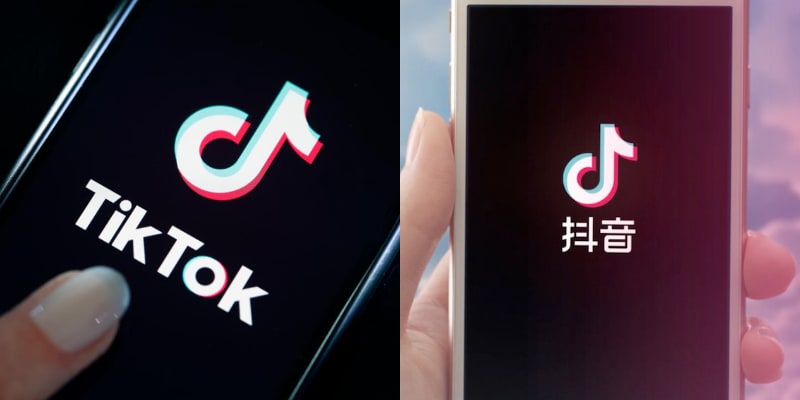As we move into 2025, the B2B marketing landscape is set for transformative changes. From the rise of influencers to AI-driven marketing innovations, staying ahead of these trends is crucial for maintaining a competitive edge. In this blog, we’ll explore five key B2B marketing predictions for 2025 and actionable strategies to help businesses adapt and thrive.
1. The Rise of Creators and Influencer Marketing
Influencer marketing is no longer just a B2C strategy—B2B brands are rapidly embracing creators to build trust and credibility. According to LinkedIn, 61% of B2B leaders plan to increase their influencer marketing budgets. With the Creator Economy projected to reach $500 billion by 2027, now is the time for B2B brands to tap into this growing market.
Actionable Tip: Partner with industry-specific influencers and content creators who align with your brand values. Leverage their reach to engage prospects and generate high-quality leads through authentic storytelling.
2. AI Will Revolutionize B2B Marketing
AI is becoming a game-changer in B2B marketing, with 64% of B2B leaders planning to expand their investment in AI-driven solutions. From automating customer interactions to enhancing content personalization, AI is reshaping the way marketers create and optimize campaigns.
Actionable Tip: Implement AI-powered tools to enhance creative processes, streamline workflows, and generate data-driven insights that improve campaign performance.
3. Short-Form Video Will Dominate Content Strategies
Short-form video continues to gain traction, delivering high engagement and trust. Studies show that 55% of B2B marketers report the highest ROI from short-form social videos, while 63% of B2B buyers rely on video content to inform their purchasing decisions.

Actionable Tip: Invest in short-form video content that features industry experts, customer testimonials, and educational insights. Platforms like LinkedIn, YouTube Shorts, and TikTok for Business offer powerful distribution channels for reaching your target audience.
4. Performance Marketing Will Shift Toward Long-Term Impact
While performance marketing remains a priority, brands are shifting focus to measuring long-term effectiveness. Ebiquity’s 2025 Media Budgets Survey highlights that 42% of marketers are increasing their performance marketing budgets, but with a growing emphasis on long-term brand-building.
Actionable Tip: Leverage AI-driven analytics tools to track and optimize campaign performance. Balancing short-term ROI with long-term brand growth ensures sustainable success.
5. Collaborative Problem-Solving Will Be Essential
As B2B marketing becomes more complex, collaboration and human-centric skills are gaining importance. LinkedIn’s Marketing Jobs Outlook Report notes a 138% increase in demand for collaborative problem-solving skills between 2021 and 2023.

Actionable Tip: Build a culture of collaboration within your marketing teams. Invest in training programs that combine creative execution with AI-driven solutions to navigate evolving challenges effectively.
Final Thoughts
Adapting to these key B2B marketing trends in 2025 will be critical for staying ahead of the competition. By leveraging influencer marketing, AI innovations, video content, long-term performance strategies, and collaborative problem-solving, businesses can drive meaningful engagement and growth.
Looking to optimize your B2B marketing strategy for 2025? Contact us today to explore customized solutions tailored to your business needs!
















